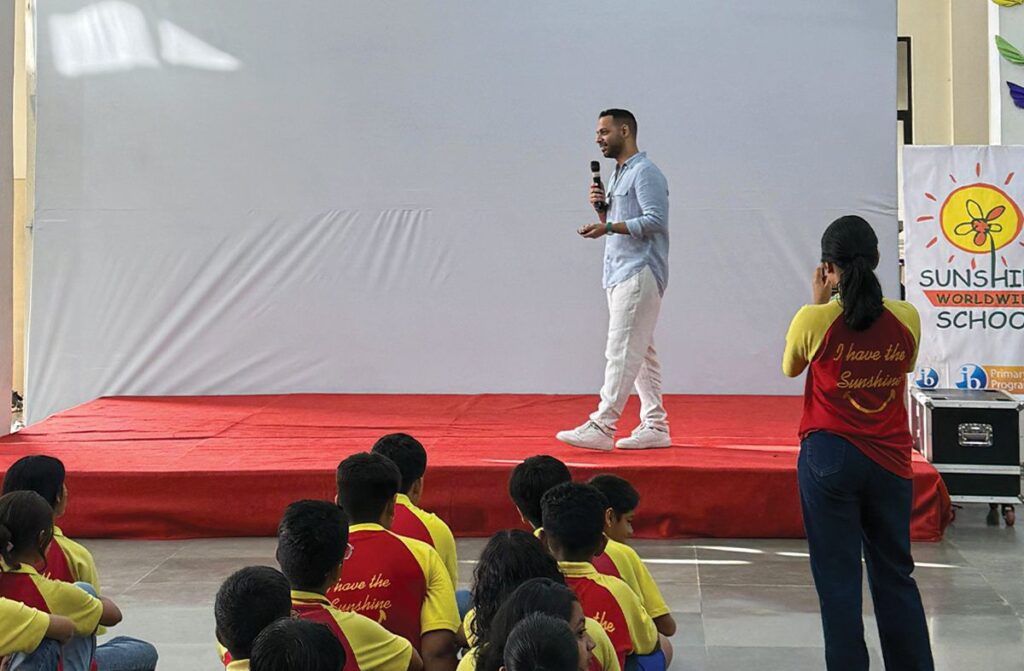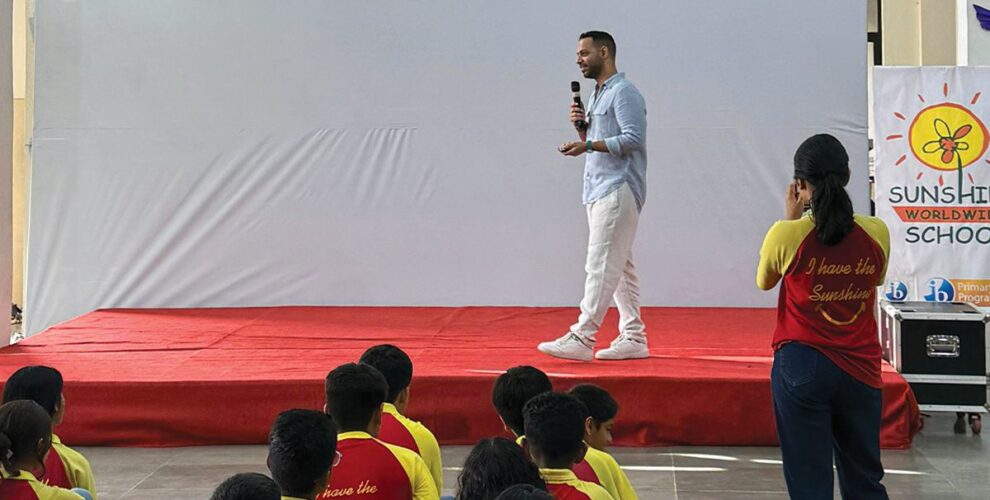
Around the world, educators have begun to notice that filmmaking – when introduced in schools – not only builds storytelling and technical skills, but nurtures a deeper kind of learning. In the UK, schools integrating film clubs have reported improved literacy, confidence, and participation. In the US, teachers use filmmaking to unpack subjects like science and history, turning rote lessons into engaging explorations. And in parts of Africa, student-run film festivals offer a stage for young voices, many of whom may not otherwise be heard.
Filmmaking in schools isn’t about turning every child into a director. It’s about turning students into better thinkers and observers. When a child holds a camera or writes a scene, they begin to pay closer attention – to tone, expression, background, silence. They become aware of mise-en-scène, even without knowing the term—the visual arrangement of a frame, the relationship between space and meaning. That awareness gradually spills into real life. They begin to notice people, moods, and emotions more precisely. Film makes them more present.
Director Imtiaz Ali, whose work often explores emotional depth and introspection, once shared:
“What cinema taught me is morality, ethical behaviour, and social behaviour… The moral code I have followed in my life has been derived more from cinema than from the teachings of elders and moral science books.”
That’s a powerful reminder that films often teach what textbooks can’t. They frame empathy, explore choice, and help us understand people very different from ourselves.
Filmmaker Rima Das, known for her National Award-winning Village Rockstars, takes this further through practice. She works with children and non-actors in rural India to create deeply personal stories with minimal resources. Her approach proves that young people don’t need polish to create meaning—they need space, trust, and a lens through which to express it. “You don’t need big crews or fancy equipment,” she has said. “You need authenticity and freedom.”
Whether students are writing about a fictional character or filming a scene from their daily life, they’re constantly making choices – about emotion, structure, pacing, and point of view. This is more than creativity. It’s reflection. And techniques borrowed from professionals, like Pixar’s Storytelling, One prompt—“What would your character do if they were scared, but had to do it anyway?” – can fuel a short film and a moment of personal growth.
And then there’s the retake – perhaps the most invisible, most valuable lesson in filmmaking: you can pause, reassess, and try again.
Film in education isn’t about replacing textbooks. It’s about expanding how we learn, observe, and express. And it reminds students, gently and consistently, that their voice matters – and their story is worth framing.
– MANISH NAWANI, Actor, Film Maker and Educator
some other imp articles from the world supporting film making in schools
https://www.theguardian.com/teacher-network/2013/nov/19/film-education-learning-tool-inclusion?
https://www.teachingtimes.com/knowledge-banks/using-film-in-education/
https://www.edutopia.org/article/filmmaking-is-a-powerful-way-for-students-to-demonstrate-learning?


Leave a Reply